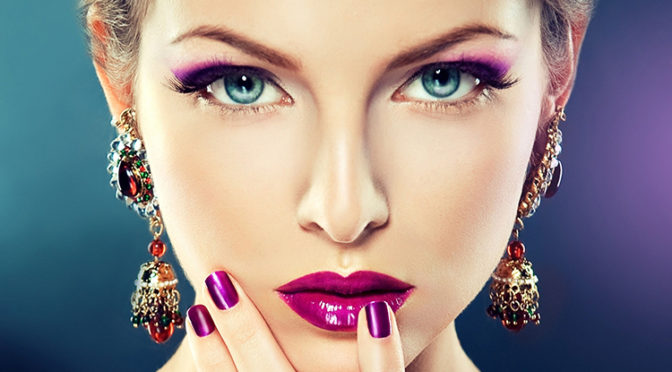Where do I start? This question has been often debated by me over writing this article. Just like a canvas is the base for a magnificient piece of art, everything starts with the base when we talk make up. A good base can make you look radiant while a bad base might get you unfavourable comments.
Let’s talk basics of make up:
PRIMER – A primer is generally used all over the face before applying foundation. It is a way of prepping your skin by hydrating as well as filling in the pores for an even surface. It allows your make up to stay on for longer. Simply use a small amount of the product and spread evenly over your face.
FOUNDATION – Every aspect of make up depends on your skin tone. From the shade of red lipstick that suits you to the base colour of your foundation. It comes down to two colours – yellow and pink. You need to understand your skin’s undertone – is it yellow or pink. Olive and darker skins are often yellow but let your eyes be the judge. You need to use the foundation with traces of your undertone in it. To check that you have chosen the right foundation shade simply apply a small amount of foundation on your neck line. If the colour blends nicely and you are unable to visibly see your foundation colour then you’ve picked a winner. You will need darker tones for summer and lighter tones for winter – maybe two to three foundation colours.
As the season’s change so does our skin tone. Another thing to keep in mind is your skin type. Those with oily skin should stick to oil free foundation. Those with dry skin should look for liquid foundation. If your skin is especially dry you may want to mix some moisturizer in your foundation to keep your face hydrated and flake free.
CONCEALER – is used to cancel out skin imperfections if you find skin lacks an even finish after using the foundation. Everyday concealers can cover skin discolourations or small blemishes. There are corrective concealers available across make up counters for correcting any red, purple or blue tones in your skin. Age spots on mature skin can also be concealed with the correct concealer.
POWDER – Powder tends to be forgotten sometimes. When used incorrectly it can make your make up look dry. Translucent powder is a favourite and should be used after you finish creating a perfect base. It can be used day or night to ensure skin stays shine free. For mature skin use powder sparingly as it can sit in creases making your skin appear older. Pressed powders come in shades to match foundation. Use these sparingly as too much of this product will not enhance your look. Use few shades lighter or darker than your skin to highlight or shade sreas of your face to accentuate or hide certain features.
BLUSH – These can be powdered or cream based and come in tones of pink or apricot. Keep a couple of shades handy. A healthy flush of blush on cheek bones will enhance any woman’s natural beauty.
Next month, my article will feature Eyes. Should you have any queries or like to book a make up session or a make up trial, please give me a buzz on 0416 103 160 or send an e-mail to info@sonusodhi.com.au




